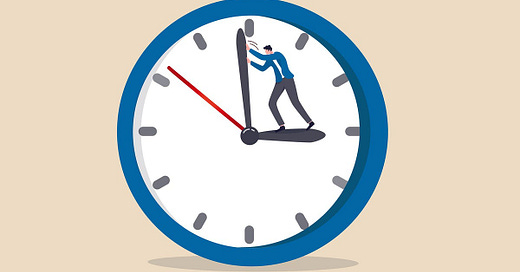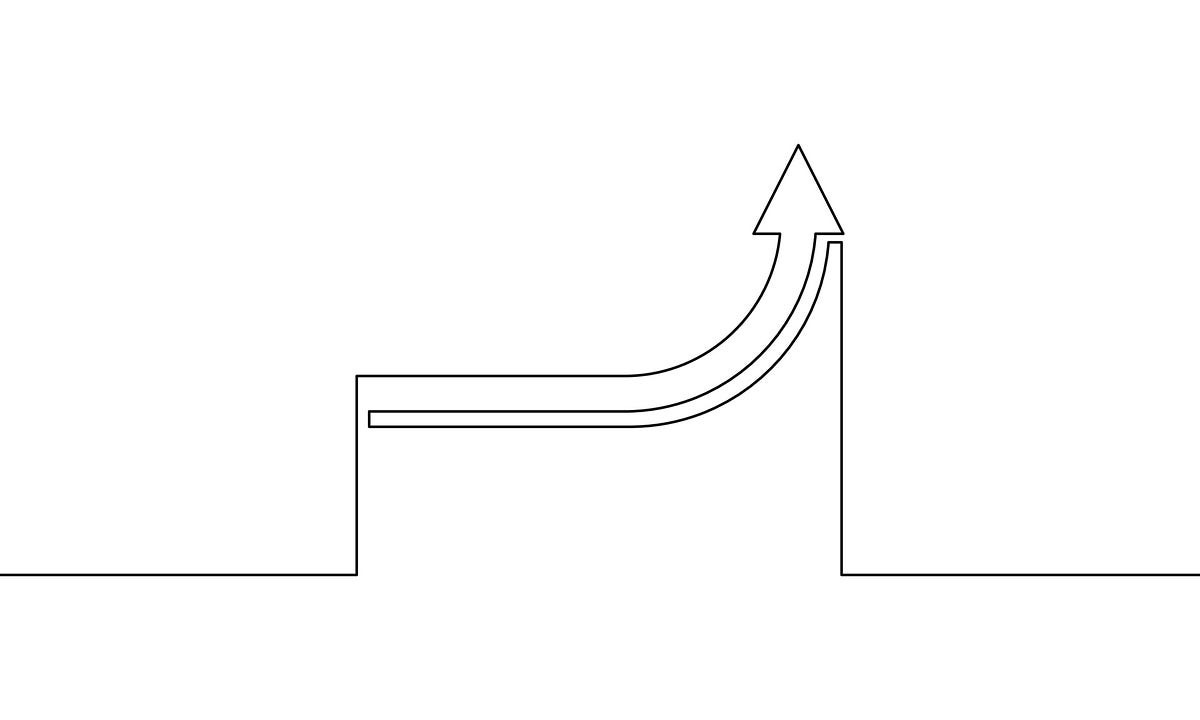At first glance, Ukraine’s recent military decisions did not make much sense to me. Ukraine has had long-range drones for quite some time, and North Korean shipments of ammunition have been flowing into Russia since last year. Ammunition has been stockpiled in places like Torpets and Tikhorestsk, possibly since the war began.
Given this, why has Ukraine chosen to attack these supply nodes now? Why not earlier? Why not later?
Initially, I leaned toward the conclusion that Ukraine’s timing was more about buying time — an effort to shield itself from the Biden-Sullivan team’s apparent attempt to dry up aid and curb Ukraine’s rising combat power. This seemed like a reasonable political assessment. However, the British think tank RUSI (Royal United Services Institute) introduced a different angle that I had completely missed.
While reading RUSI’s report, Preliminary Lessons from Ukraine’s Offensive Operations, I found myself fixated on a particular passage that offered new insight into Ukraine’s strategic approach:
During the current phase of the conflict, the AFU’s focus is on inflicting maximum damage on the Russian Federation, not on liberating Ukrainian territories at any cost.
The Armed Forces of Ukraine (AFU) are not simply aiming for territorial gains; instead, they are prioritizing the destruction of Russian military systems — especially those that are difficult for Russia to replace or repair.
This damage-centric approach is about maximizing Russian losses, which in turn buys Ukraine valuable time to build up its own forces and sustain long-range strikes deep into Russian-held territory.
The report emphasizes the importance of artillery ammunition and long-range systems provided by Ukraine’s international partners in sustaining this effort. This opened my eyes to the current situation on the ground and reframed both my initial assessment and RUSI’s findings into a more cohesive picture: Ukraine is deliberately buying time.
But why?
Why not counterattack now and attempt to break through the frontline at a critical point, such as the pre-Kursk frontline?
The Dangers of Premature Counteroffensives
It’s tempting to imagine that breaking Russian lines would lead to an immediate victory. But history offers a heartbreaking tale. Russia recently broke through Ukrainian lines in Avdiivka, gaining approximately 1,000 square kilometers of Ukrainian territory since February 2024. Yet, despite this success, Russian forces are still struggling to push further toward the administrative borders of Donetsk. Breaking through Ukraine’s lines did not grant Russia victory in Donbas, a region that has been one of its key objectives due to its minerals.
The underlying issue is Russia’s lack of sufficient combat power to capitalize on that initial breakthrough. While they achieved some territorial gains, they didn’t have the military strength to sustain or exploit those gains. Ukraine’s defenses remained strong enough to prevent Russia from achieving its strategic goals.
For Ukraine, a similar scenario could unfold if they were to counterattack prematurely. Breaking Russian lines is one thing, but maintaining momentum is another. Without overwhelming combat power, one breakthrough doesn’t guarantee another. For a counteroffensive to succeed, it must create a cascading effect — one breach must lead to another, and then another, with sustained pressure. This kind of continuous success requires a decisive shift in the balance of combat power, favoring Ukraine.
This is where patience becomes key. Ukraine must avoid launching a large-scale counteroffensive until its combat power is significantly stronger than Russia’s.
Building Combat Power: A Delicate Balancing Act
Even pro-Russian military bloggers acknowledge that Ukraine has at least five uncommitted, fully equipped brigades in reserve. But for a successful offensive, Ukraine needs to increase that number to ten or twelve brigades, or even more. The goal is to keep the current frontlines stable while allowing Ukraine’s reserve strength to grow, increasing their ability to mount a powerful counteroffensive in the future.
In the meantime, Ukraine must keep Russian combat power in check through deep strikes, targeting key systems and infrastructure that Russia will struggle to replace. The objective is clear: deplete Russian capabilities while secretly building Ukraine’s reserves. This is a long game, one that requires time. The more time Ukraine can buy, the more likely it will be able to mount a successful and sustained counteroffensive that can break the Russian lines in multiple places, leading to a cascade of victories.
However, this is easier said than done. Ukraine faces the challenge of resisting the temptation to commit too many reserves too soon. Take the situation in Pokrovsk, for example. Ukraine could have committed some of its brigades to stabilize the front in June or July. But doing so would have slowed the growth of their reserve power, undermining their long-term strategy.
In war, timing is everything, and Ukraine is navigating an extremely difficult balancing act.
They have to take some hits, and they may have to lose some territory. But they must ensure that these losses are minimal, and that Russian forces pay dearly for every kilometer gained. This is not about giving up ground lightly — it’s about forcing the Russian military to incur heavy losses for every advance.
This strategy aligns perfectly with RUSI’s analysis:
“The AFU is also building extensive defensive positions to try to maximize the AFRF rate of losses for any gains made on the battlefield.”
Ukraine is playing a calculated game, where preserving combat power and eroding Russian strength is more important than rapid territorial gains.
The success of Ukraine’s strategy hinges on the timely support of its international partners. According to RUSI, this damage-centric approach is designed to buy as much time as possible, not only for force generation but also for continuous long-range strikes on Russian targets. To make this strategy work, Western partners must provide Ukraine with the necessary artillery ammunition and long-range systems to support deep strikes and attrition warfare.
The key question, then, is how long will this take? Ukraine is relying on its Western partners to fully equip the new brigades it is building. Reports suggest that while Western nations have promised to equip up to 14 brigades, only four have been fully supplied so far.
This slow trickle of aid poses a significant challenge. Of the major Western powers, only Germany seems to grasp the importance of acting quickly. While Britain and France are contributing, their efforts have been somewhat slow and insufficient. Meanwhile, the U.S., under Biden and Sullivan, appears to be pursuing an “Allow No One to Win” (ANW) approach, which seems to prioritize prolonging the conflict rather than providing Ukraine with the decisive support it needs to gain the upper hand.
Ukraine is on Plan B
Given the current pace of Western support, Ukraine is effectively operating under Plan B: build reserves and keep Russian combat power in check with deep strikes, waiting for the moment when Ukrainian strength surpasses Russian capabilities in the field. If and when that happens, Ukraine can upgrade to Plan A — a full-scale counteroffensive designed to break through the Russian lines and maintain momentum across multiple fronts.
This approach might drag the war out, but it gives Ukraine the best shot at winning. By buying time and building up their reserves, they’re making sure that when the moment comes to launch a major offensive, they’ll be fully prepared to take advantage of it.






